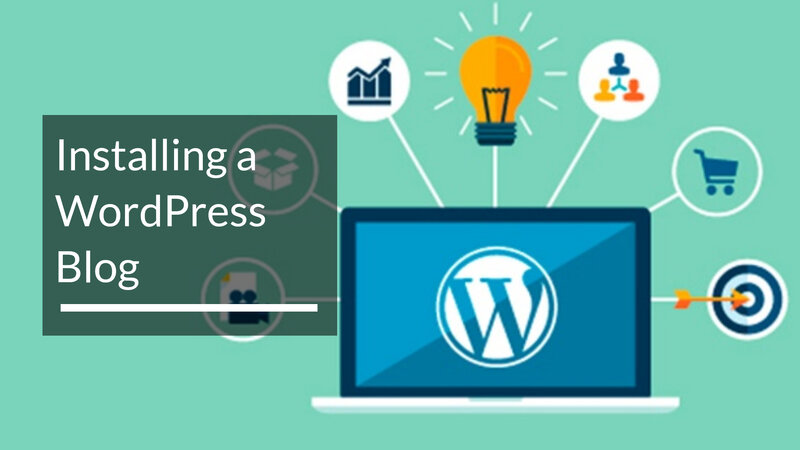Installing a WordPress Blog
 If you want to install WordPress on your own server, the first step is to download the necessary files from the website at WordPress.org download.
If you want to install WordPress on your own server, the first step is to download the necessary files from the website at WordPress.org download.
Next, you will use an FTP program to upload the files to your host site. If you use Cpanel, you can use Fantastico in order to set up your database and files for the site.
All you have to do is look for the Fantastico icon under Cpanel in the Blogs or Content Management System area of your hosting space.
WordPress should be listed, along with a variety of other popular blogging formats. This creates an extremely simple, one-click installation and makes it quick and efficient to set up. Setting up WordPress this way literally takes only about a minute.
If you choose to install WordPress manually, it really does not take much longer, only about five minutes in comparison to one.
Keeping track of your databases and database names is especially important if you will be working with multiple websites, so keep in mind that you may need something to keep track of all of the site names and their information.
One simple way to accomplish this is to buy a Rolodex and create a card for each of your sites. Add the relevant information to each website on the card, including user names, passwords, and other required information.
This way, if you ever lose track of site information you can simply refer to the card and you will be just fine.
If you are installing WordPress manually, then you should be able to figure out what information needs to be written down as you go.
The process will not be as obvious if the installation is done automatically.
Here are some basic tips for installing WordPress and having the installation go smoothly and comfortably:
– Use the public_html directory so that people will reach your blog when they type your domain name in the URL address locator rather than having to navigate around in search of your blog.
– Fill in the title and tag line. If you’re optimizing for SEO this is especially important but it should not be as difficult as some people make it. If you know what keywords to optimize for, it should not be that tricky for you to figure out.
– Delete any and all extraneous information, like sample posts, unnecessary tags, comments and posts, and any other information that you do not need to be in your blog.
– Add an interesting theme rather than sticking with the one you get started with. There are thousands of unique WordPress themes out there, so choose one that suits the concept behind your blog and offers ease of readability and functionality.
You may also be able to further customize the WordPress blog theme to suit your needs.



